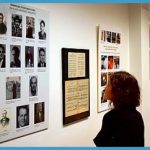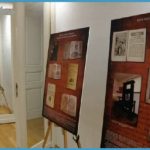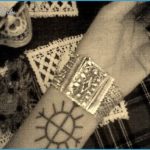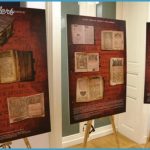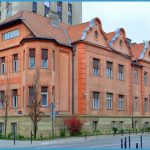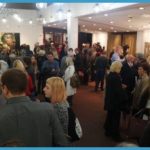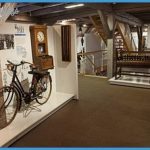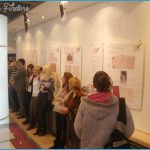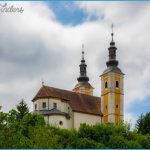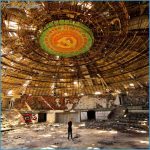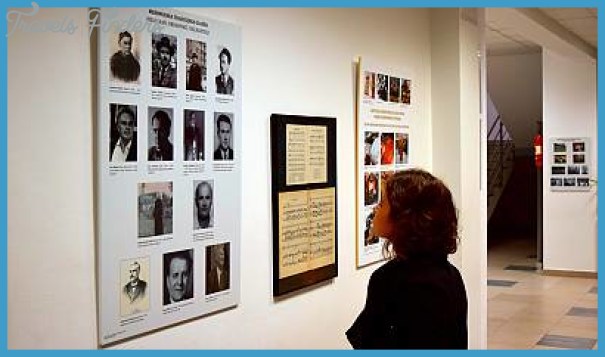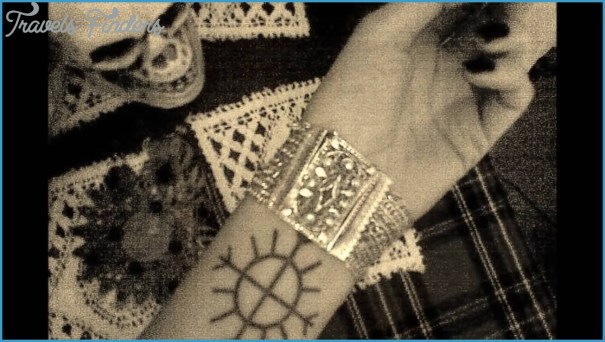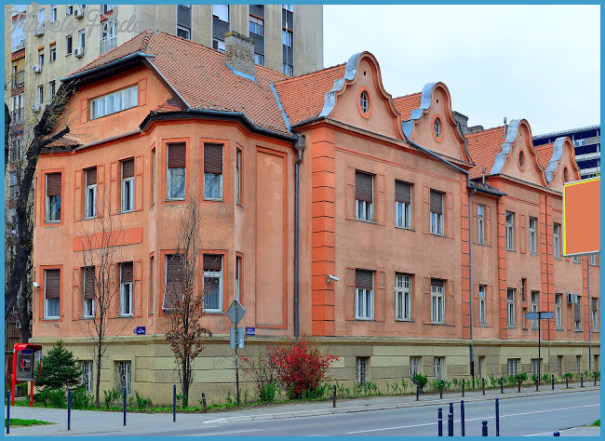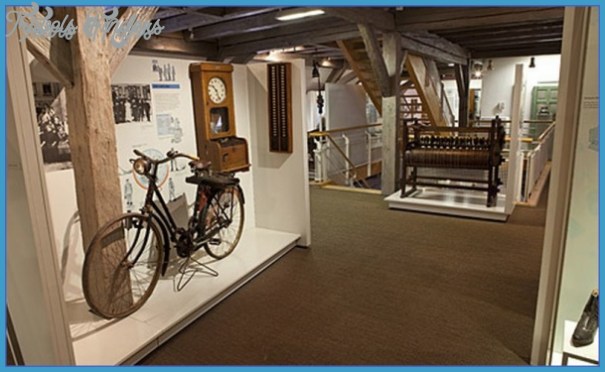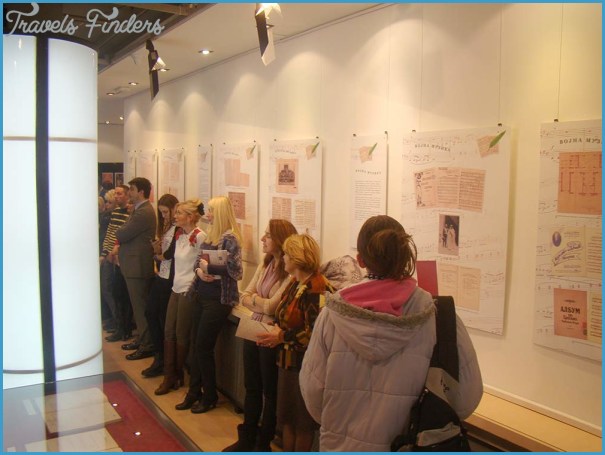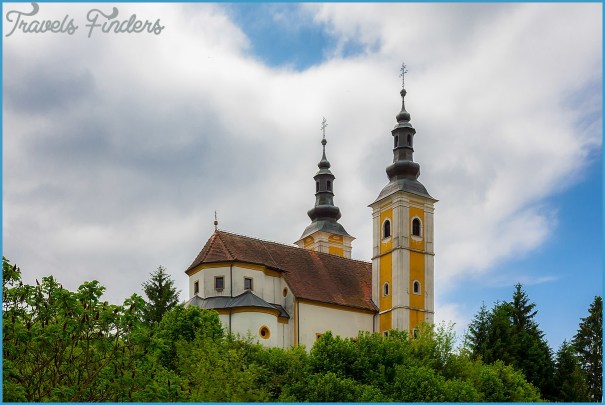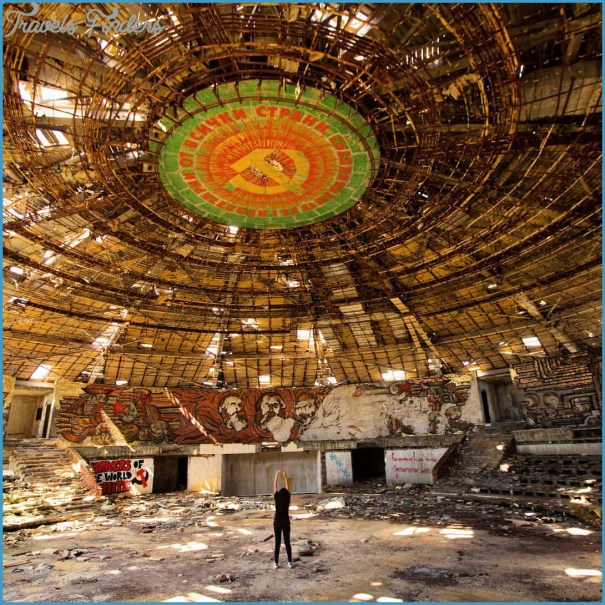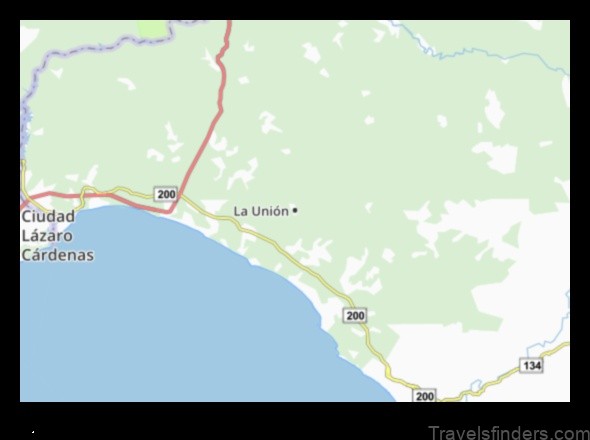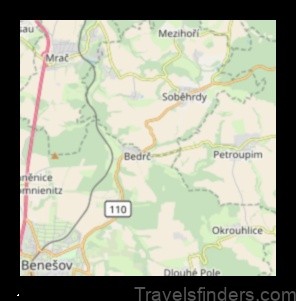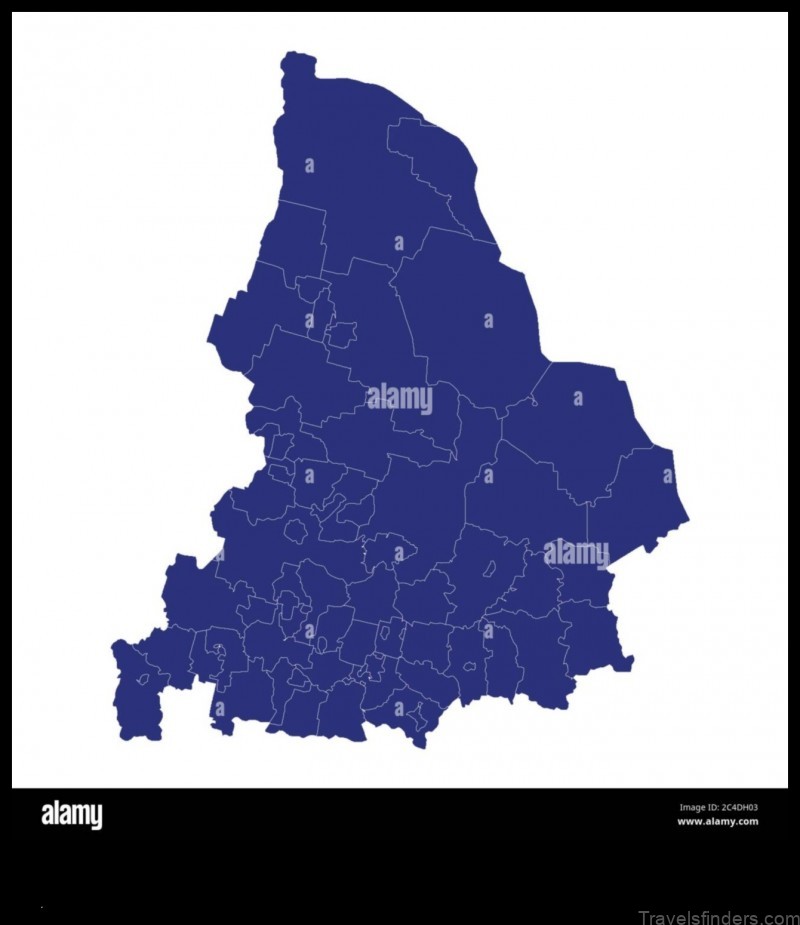SLAVENSKI MUSEUM
Josip Slavenski was one of the most adventurous composers of early 20th-century Yugoslavia. He was born with the name Stolzer’, in 1896, in the Austro-Hungarian Empire, but later, in 1930, he abandoned the Germanic form to declare himself unambiguously Slavonic. He is still sometimes called Stolcer-Slavenski. His native town was Cakovec, in the Medimurje district in the northernmost corner of Croatia, where it abuts Slovenia and Hungary, of which it was long a part. His father, a baker, played the cimbalom (a Hungarian instrument of the zither family) and his mother sang local folksongs. He was sent to study in Budapest and later had a period in Prague; his teachers included Kodaly and Novak.
Most of his music comes from the 1920s and 30s, and much of it is cast in a dissonant idiom influenced by local folk traditions, and particularly by Bartok’s ways of treating folk idioms rather than the more conservative ways generally preferred in his own country. From 1924 he lived in Belgrade. After his death, in 1955, many of his possessions were sent, apparently at his own request, to Cakovec. There they found a home in the Muzej Medimurja which, established in 1954, is housed in a fine and ancient castle, formerly the home of the region’s ruling families. A substantial series of displays to Slavenski, in three rooms, was set up in the 1960s, but they included much material from his life in Serbia and the wars of the 1990s made it inappropriate for these to continue to be shown. Accordingly, the memorial to him is confined to a single room, although there are hopes of enlarging it before long, drawing on the quantities of material – much of his library, his sofa, tables and chairs, kitchen furniture and a great deal else – held in store.
SLAVENSKI MUSEUM Photo Gallery
The second-floor room dedicated to him nevertheless gives a clear picture of the man and his interests. Prominent among the exhibits is his large telescope, and also his trautonium – Slavenski was one of the few composers to use this electronic instrument, invented by Friedrich Trautwein in the 1920s – and his harmonium, as well as his father’s cimbalom, and he is pictured too playing the double bass and conducting a (Croatian) choir. There are two busts, by his friend Lujo Bezeredi and D. Pocek, a 1920 portrait and a 1921 pastel by the leading local artist Ladislav Kralj Medimurec of the composer as baker (he had been trained in his father’s trade). The various photographs include family pictures (his parents, his four sisters) and one of him making a film.
Slavenski is commemorated too in Belgrade; he lived there for 30 years and had a Serbian wife, and the family is still in the city. The junior music school there is named after him. In the national Music Information Centre, a room is devoted to his memory: set up in 1983, it is closely modelled on the study in his Belgrade flat, a photograph of which is among the exhibits. Here too there is a telescope (a smaller one, which he made himself), a bust and portraits (one by his friend Vladimir Kralj), along with his piano (a Hoffmann upright), his violin and his guitar, his gusle (a one-string instrument used during the declamation of epic poetry and song), a pair of folk pottery drums and his tape recorder and gramophone. But the room is dominated by his large desk and still larger chair. On the desk is a list of his precepts, 14 of them, including Be always in love’, Your work is the only thing that can save you’, Stay away from negative people’. His folk interests extended beyond music; there are south-east Serbian folk carpets, cushions and a wall-hanging, a pair of Montenegrin chairs, and a Bosnian sixsided table in oriental style. He was a manic collector: there are pieces of mineral, shells and various antiques.
Around the walls are bookcases with part of his library, wide-ranging and multilingual; it includes Lenin’s complete works. There is an award from Marshal Tito, received four days before his death. Personal items include his walking-cane and his cherrywood pipe.

